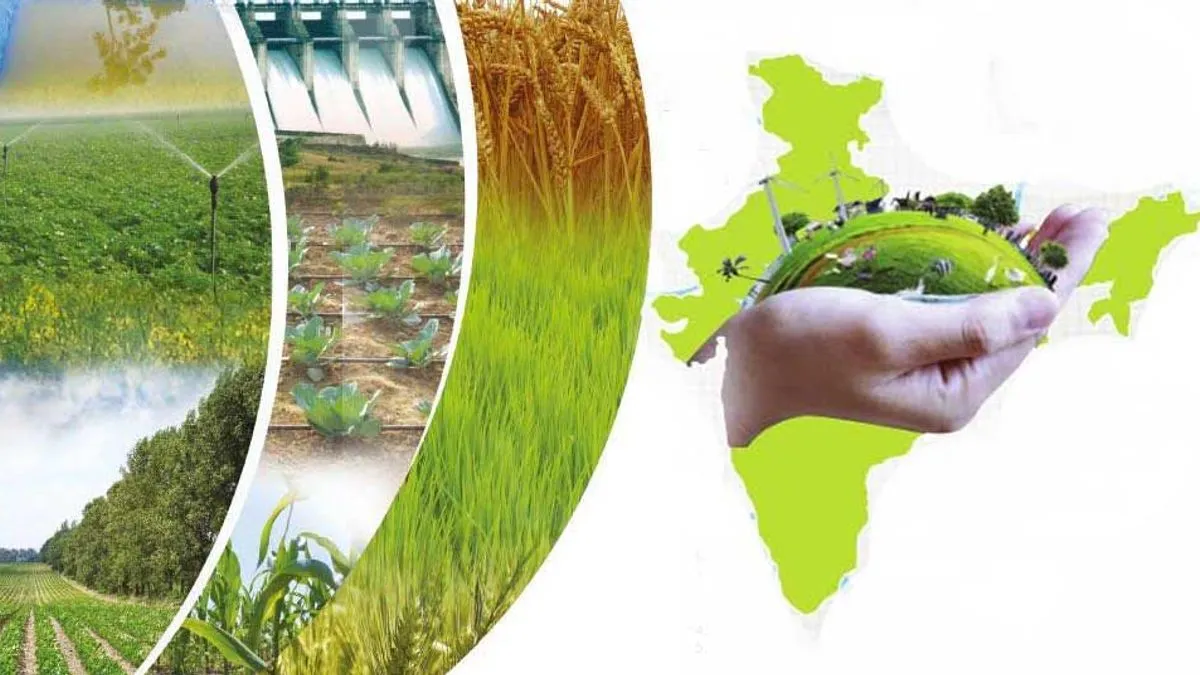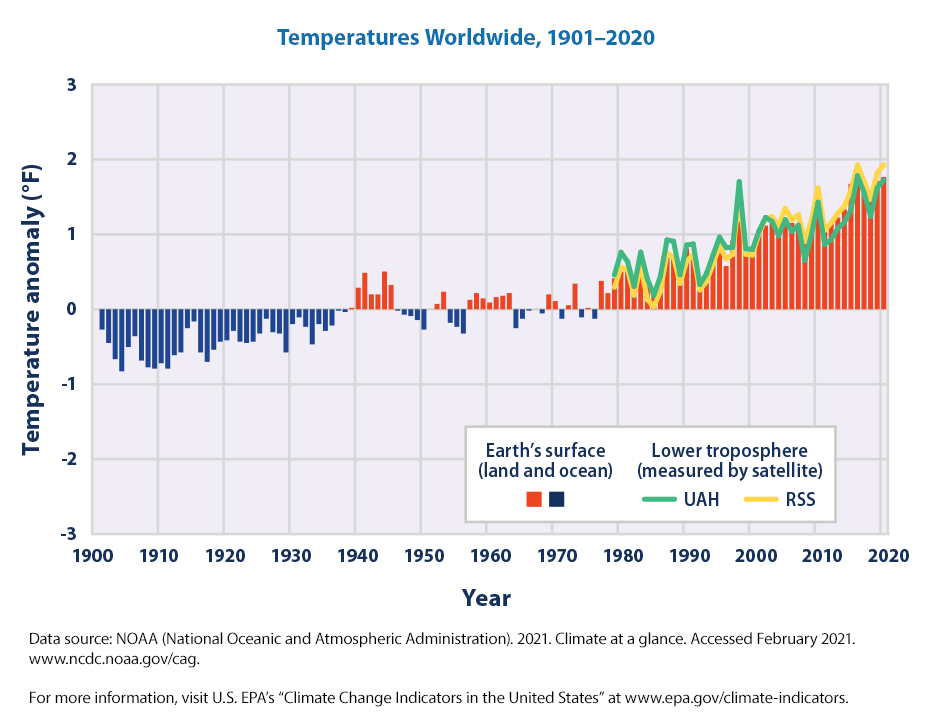Climate Action
According to UNDP, climate action “means stepped-up efforts to reduce greenhouse gas emissions and strengthen
resilience and adaptive capacity to climate-induced impacts, including: climate-related hazards in all countries;
integrating climate change measures into national policies, strategies and planning; and improving education,
awareness-raising and human and institutional capacity with respect to climate change mitigation, adaptation, impact reduction and early warning.”
TARGETS

Target 13.1: Strengthen resilience and adaptive capacity to climate-related hazards and natural disasters in all countries

Target 13.2: Integrate climate change measures into national policies, strategies and planning

13.3 improve education, awareness raising and human and institutional capacity on climate change mitigation, adaptation, impact reduction, and early warning

Target 13.a: Implement the commitment undertaken by developed-country parties to the United Nations Framework Convention on Climate Change to a goal
of mobilizing jointly $100 billion annually by 2020 from all sources to address the needs of developing countries in the context of meaningful mitigation
actions and transparency on implementation and fully operationalize the Green Climate Fund through its capitalization as soon as possible

Target 13.b: Promote mechanisms for raising capacity for effective climate change-related planning and management in least developed countries and small
island developing States, including focusing on women, youth and local and marginalized communities
INDIA AND SDG-13


The Jawaharlal Nehru National Solar Mission, also known as National Solar Mission, is one of the eight key National Mission’s which comprise India’s National Action Plan on Climate Change (NAPCC). NAPCC was launched on 30th June 2008 which identified development of solar energy technologies in the country as a National Mission. The mission was approved on January 11, 2010 by the government.

The National Mission for Enhanced Energy Efficiency (NMEEE) is one of the eight national missions under the National Action Plan on Climate Change (NAPCC). NMEEE aims to strengthen the market for energy efficiency by creating conducive regulatory and policy regime and has envisaged fostering innovative and sustainable business models to the energy efficiency sector. The Mission is implemented since 2011.

National Mission for Sustainable Agriculture (NMSA) has been formulated for enhancing agricultural productivity especially in rainfed areas focusing on integrated farming, water use efficiency, soil health management and synergizing resource conservation.

Jal Jeevan Mission, is envisioned to provide safe and adequate drinking water through individual household tap connections by 2024 to all households in rural India. The programme will also implement source sustainability measures as mandatory elements, such as recharge and reuse through grey water management, water conservation, rain water harvesting. The Jal Jeevan Mission will be based on a community approach to water and will include extensive Information, Education and communication as a key component of the mission.

The National Adaptation Fund for Climate Change (NAFCC) is a Central Sector Scheme which was set up in the year 2015-16. The overall aim of NAFCC is to support concrete adaptation activities which mitigate the adverse effects of climate change. The activities under this scheme are implemented in a project mode. The projects related to adaptation in sectors such as agriculture, animal husbandry, water, forestry, tourism etc. are eligible for funding under NAFCC. National Bank for Agriculture and Rural Development (NABARD) is the National Implementing Entity (NIE).

The Green Governance Initiative (GGI) is a youth based non-partisan policy research Think-Tank that works through a collaboration with elected representatives, policymakers, and administrators, to ensure the effective implementation of the “United Nations’ 2030 Agenda for Sustainable Development along with India 2030”.
DAV Public School, Sector-14, Gurugram
Phone: 0124-4081594, 0124-4081973
Email: davsector14gurgaon@yahoo.com
We the students of DAV Public School, Sector-14,Gurugram,Haryana are honored to be a part of this competition. Our school is known for its excellence not only in Academics but in Co-scholastic areas as well and churns out balanced individuals who can become conscientious citizens of the country. Our school boasts of receiving “Pride of DAV” honor from DAV College Managing Committee, New Delhi every year.














